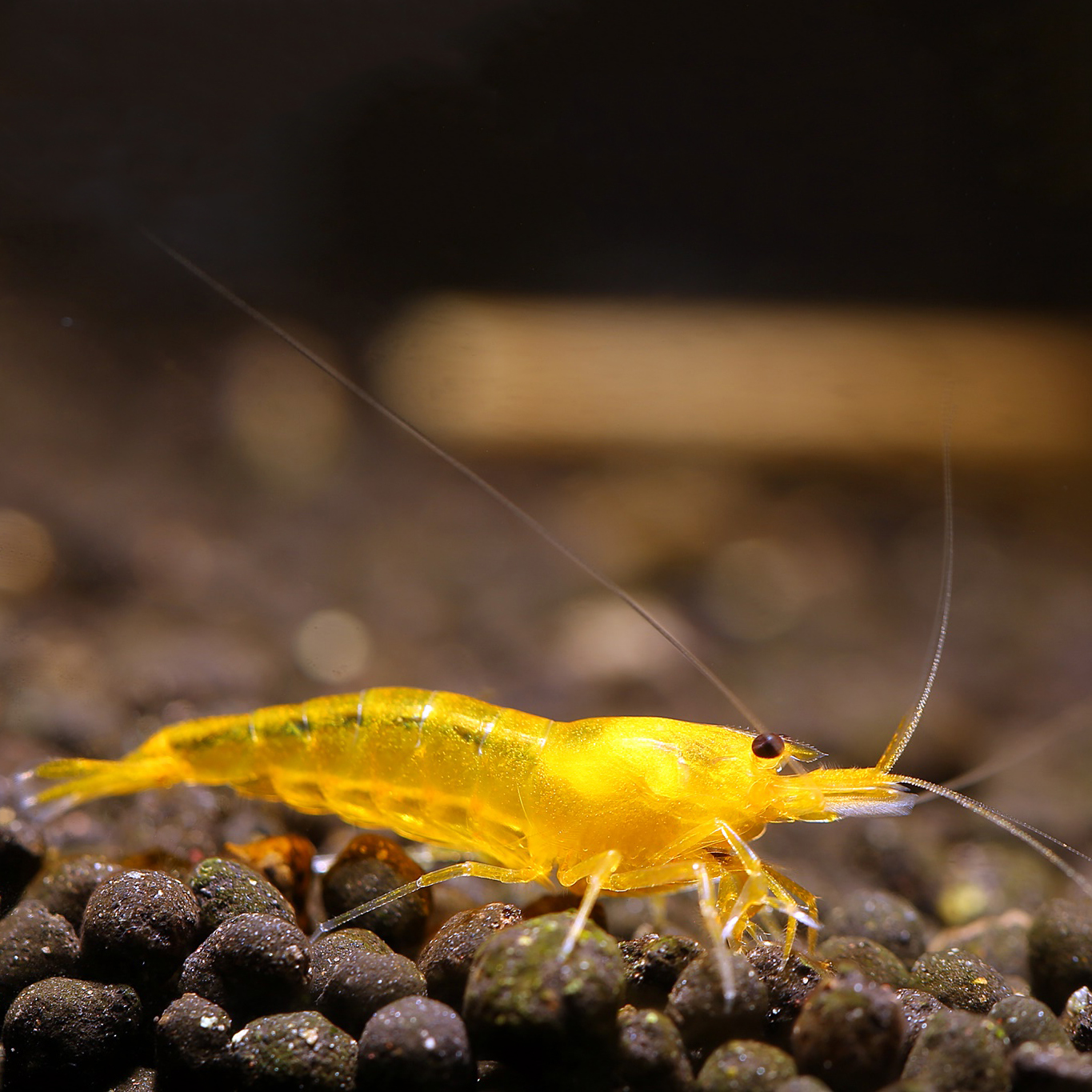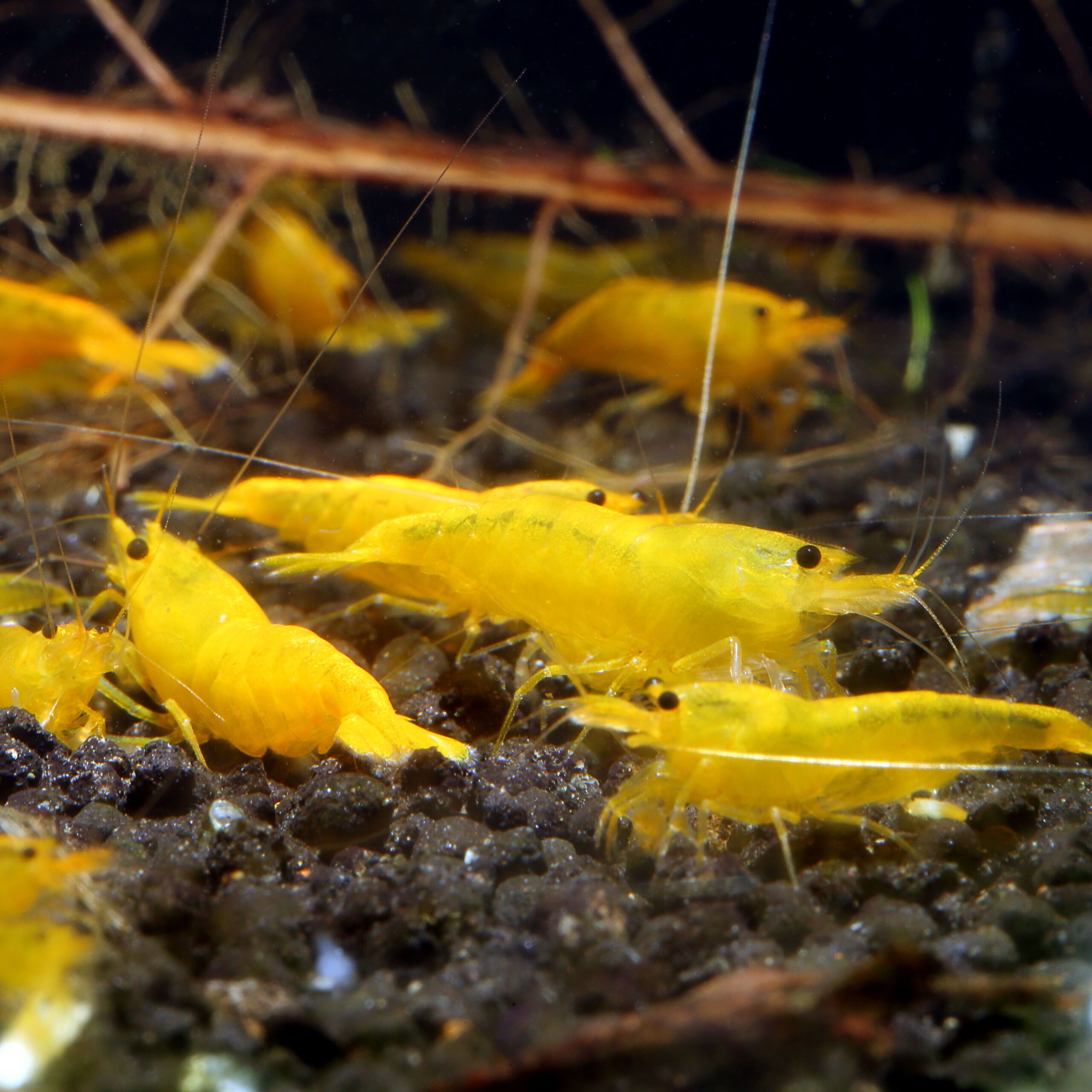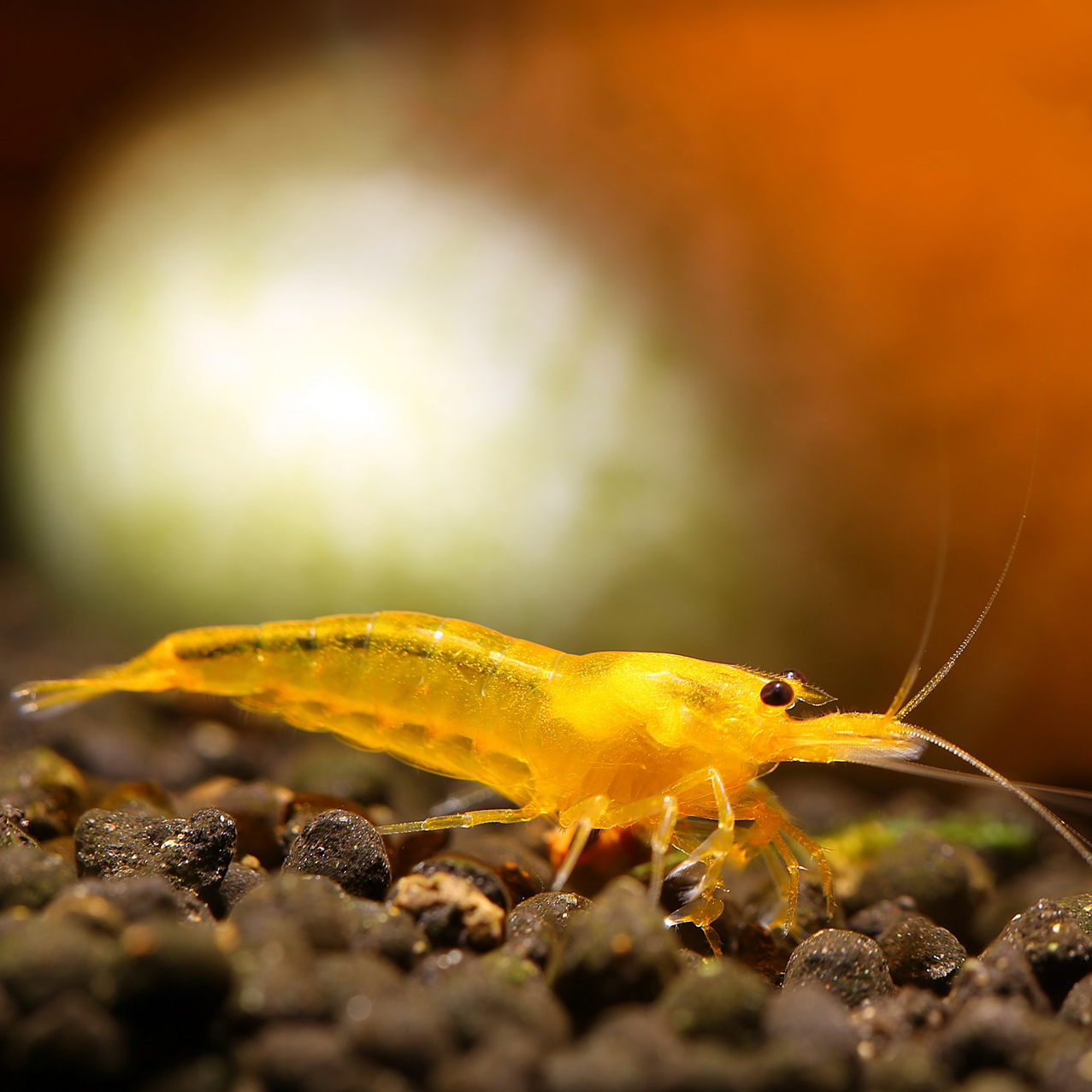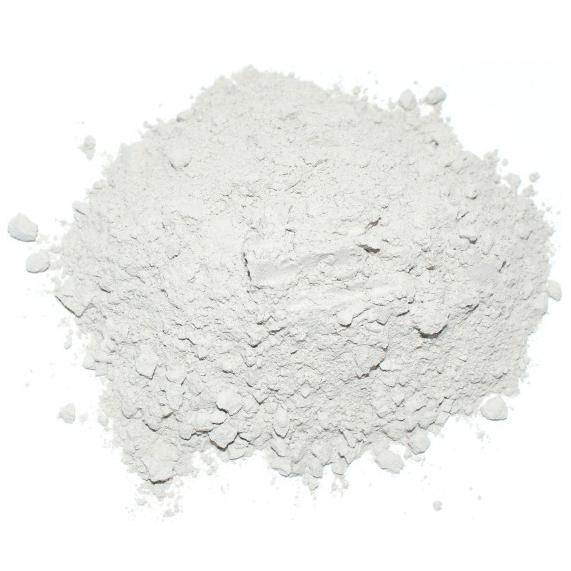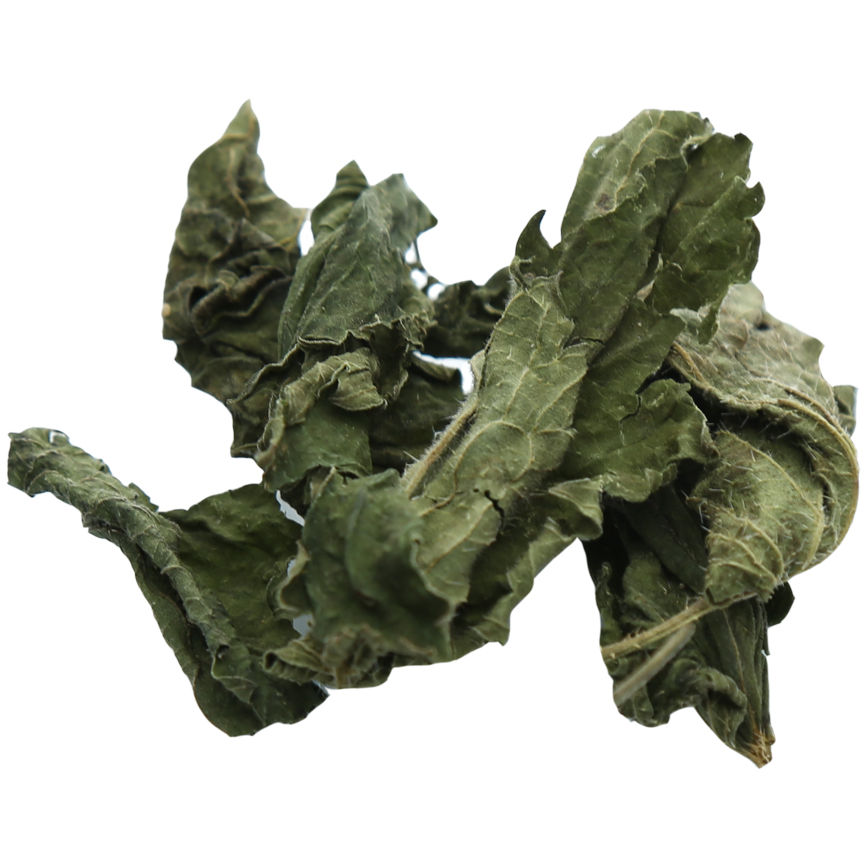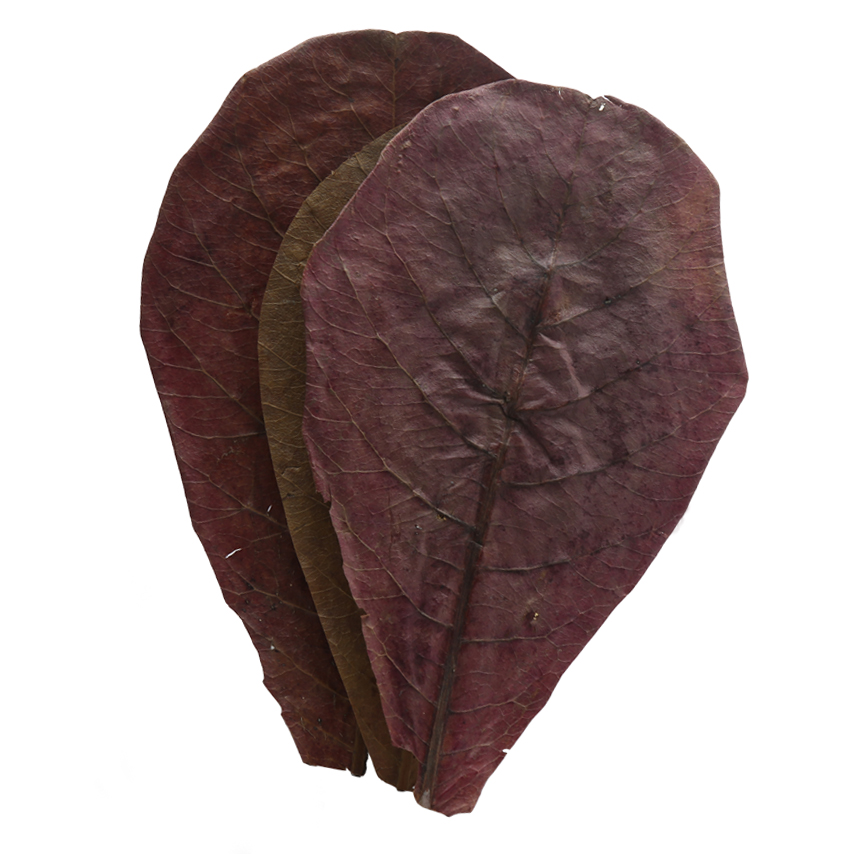Yellow King Kong
Caridina sp.
The Yellow King Kong is the first yellow Caridina species and shows particularly bright colors.
- bright yellow
- high crossbreeding potential
- true breeding
Out of stock
Receive in-stock notifications for this.
 Delivery in a few working days
Delivery in a few working days
 Free shipping from €60 across Austria
Free shipping from €60 across Austria





Important data
Product description & details
When the Yellow King Kong appeared, many in the shrimp community suspected that it was actually a normal Neocaridina var. “Yellow Fire” shrimp.
This is not the case, the Yellow King Kong is the first yellow Caridina breeding form. It originally comes from an Asian breeder and is believed to have been created from a cross between a Taiwan Bee and a Tangerine Tiger. So the shrimp would be a Taiti. Since the exact origin of the Yellow King Kong is not known, we list it under the Latin name “Caridina sp.”.
The Yellow King Kong has a high cross-breeding potential with Bee Shrimp, Tiger Shrimp, Taiwan Bees and Spotted Shrimp (from the Serrata group) and is probably a good approach to breeding new color forms. Purely mated, the Yellow King Kong is genetically stable.
Care in the aquarium
The Yellow King Kong is a rather demanding species that is particularly suitable for advanced shrimp keepers. Keeping this beautiful shrimp is possible in aquariums with a capacity of 10 liters or more, but since the water values fluctuate significantly less with more volume, we recommend an aquarium that holds 20 liters or more. The Yellow King Kong needs clean, oxygen-rich and, above all, soft, lime-free water, which is why tap water is usually unsuitable and it is kept on salted osmosis water. The Bee Shrimp Mineral GH+ is suitable as a mineral salt. We recommend active soil as a substrate, which sets and maintains the correct water parameters. It is also important that the temperature of the water does not exceed 26°C for long periods of time, even in summer. In order for this sociable dwarf shrimp to feel safe, it should be kept in a group of at least 10 animals and in a well-planted aquarium. The plants, but also roots, stone structures or shrimp tubes offer it protection and places of retreat. Ideally, the Yellow King Kong should of course be kept in a pure shrimp aquarium, possibly with snails. However, it can also be socialized with peaceful, small fish that do not prey on it and have the same husbandry requirements.
Feeding
As a classic leftover recycler, the Yellow King Kong feeds on biofilm and algae growth as well as detritus (dead plant material, carrion, leftover food). In the aquarium it can be fed with special types of shrimp food, leaves, algae powder and occasionally frozen food. Ideally, there are always brown autumn leaves in the aquarium, which represent optimal permanent food for the animals.
Sexual characteristics and breeding
Sex determination is usually not possible in young animals, but only in sexually mature animals. Juveniles and males have a narrower underside of the abdomen, while sexually mature females have a wider underside that covers the swimming legs like a “skirt”. This widening of the abdomen serves to protect the eggs, which the female carries and cares between her swimming legs until they hatch. As with most dwarf shrimp, female Yellow King Kong adults are slightly larger than males. The Yellow King Kong reproduces in fresh water and can be bred in an aquarium without any problems as long as the water parameters are right. After a gestation period of around 3 to 4 weeks, the female releases around 20-30 fully developed, transparent shrimplets, which initially feed on microorganisms present in the aquarium and can be fed with dust food.
